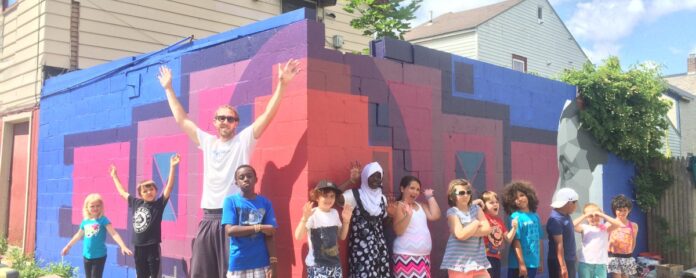By Tom Borrup
The links between the economic health of a community and the quality of its social bonds are becoming increasingly clear. Robert Putnam and other sociologists have supplied convincing evidence that strong social connections are necessary ingredients of economic success.
In looking for the ingredients that affect the physical well-being of people in different kinds of places, Dr. Felton Earls, a Harvard professor of public health, conducted an extensive, fifteen-year study in neighborhoods across Chicago. His research found that the single-most important factor differentiating levels of health from one neighborhood to the next was what he called “collective efficacy.” He was surprised to find that it wasn’t wealth, access to healthcare, crime, or some more tangible factor that topped the list. A more elusive ingredient–the capacity of people to act together on matters of common interest–made a greater difference in the health and well-being of individuals and neighborhoods.
The communities profiled here found opportunities for people to come together in creation and celebration of culture. They developed their social capital by cooperating, sharing, and seeking and finding shared goals, and by developing ties on a cultural level. These connections serve these communities well in their other endeavors–from economic development to civic participation to healthy living.
Analysis – This piece is highlights the importance of arts and cultural spaces as catalysts for community building. It highlights the benefits that artistic third-spaces can bring to under served communities, both from a cultural and economic standpoint. This is beneficial to my research, as many of my concerns revolve around sharing, community interaction and a movement away from pure individualism.




